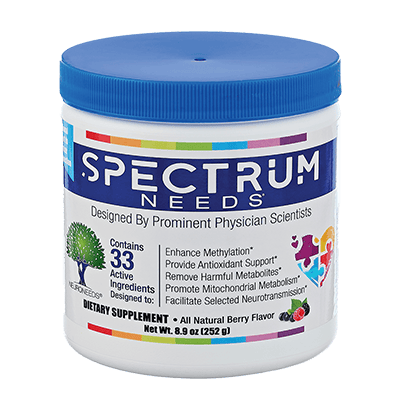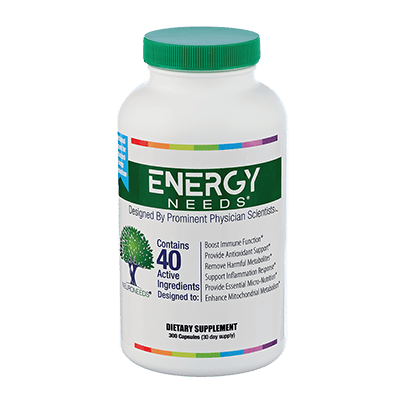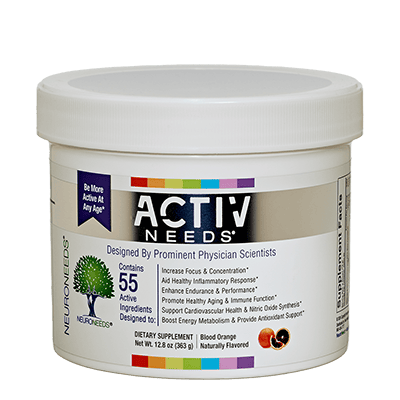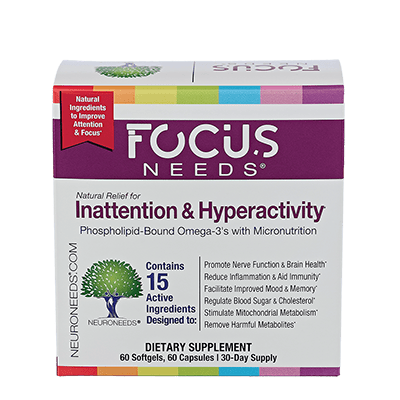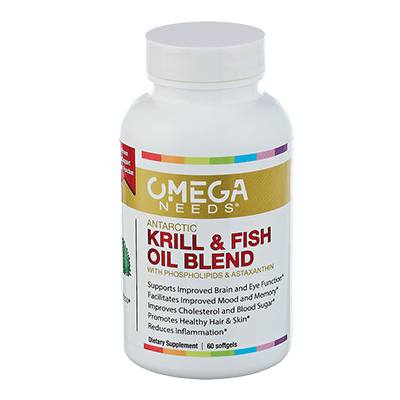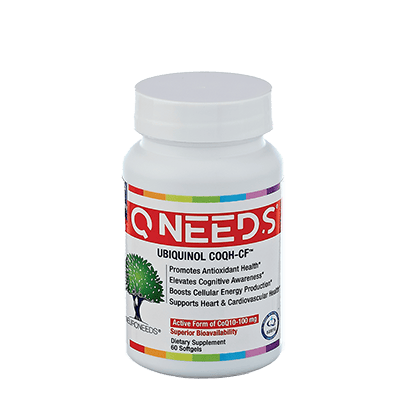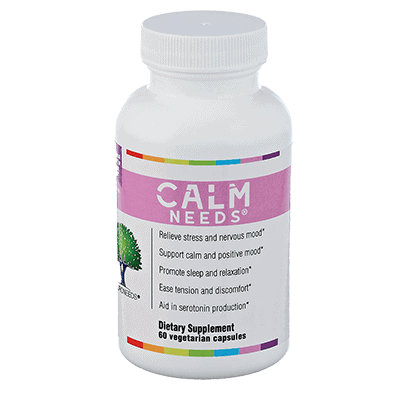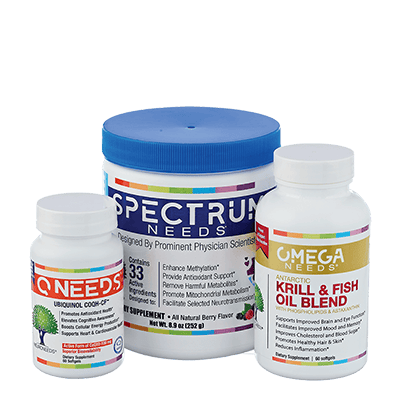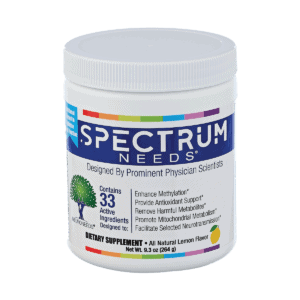$84
ALPHA LIPOIC ACID (ALSO KNOWN AS ALA)
Alpha lipoic acid (ALA) is produced in small amounts by humans, and thus is not a true vitamin. It is an essential cofactor for many enzymes related to energy metabolism, and activates the insulin-signaling cascade to help lower blood sugar. However, its primary use in ASD and in other conditions is as a powerful antioxidant. It the later capacity, in part it serves to regenerate active forms of glutathione, and vitamins C and E following their uses. The role of ALA in the treatment of autism is not well studied, and is mostly driven by the desire to provide mitochondrial support and by its antioxidant properties in ameliorating an underlying metabolic, redox, or mitochondrial condition. ALA is also sometimes recommended for treating a wide range of other neurological conditions. While any supplement taken into the stomach can cause nausea, ALA is well known for this. Due to its effects on insulin metabolism, people with diabetes and/or hypoglycemia should be careful as alpha-lipoic acid might lower their blood sugar. While studies are few, the clinical experience of many expert physicians, and the generally benign nature of ALA supplementation have convinced some experts to offer ALA supplementation to their patients with an ASD, especially in those with signs of mitochondrial dysfunction.
Alpha lipoic acid in SpectrumNeeds
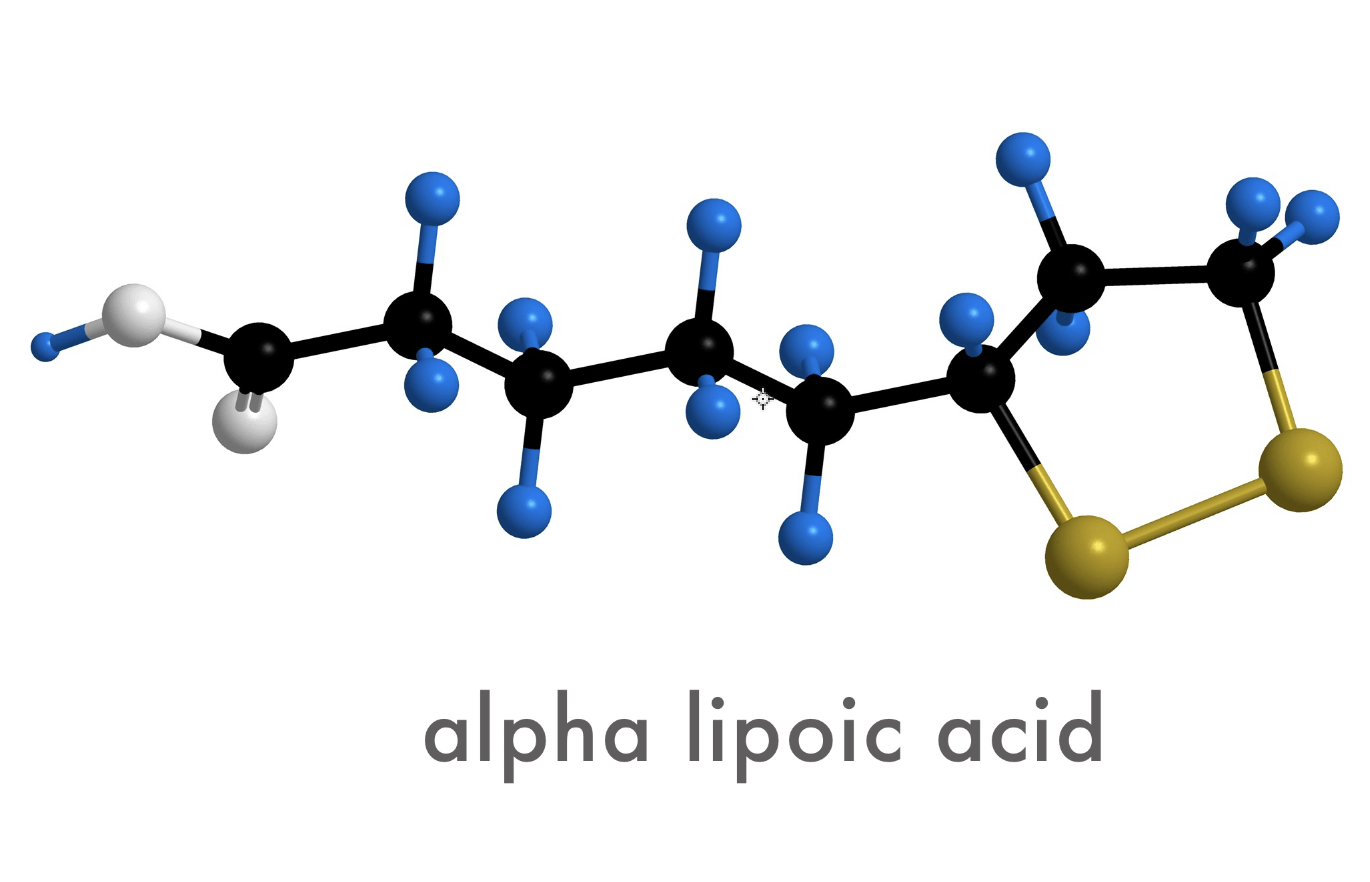 Alpha lipoic acid is an essential cofactor in the pyruvate dehydrogenase enzyme complex that is a critical step in carbohydrate metabolism. ALA is also a required cofactor for enzymes in the Krebs cycle, and in the metabolism of branched-chain amino acids and glycine. ALA has been found to activate the insulin-signaling cascade and increase glucose uptake in cultured fat and muscle cells. It main interest as a supplement, however, is that of a powerful antioxidant. It the later capacity, it serves to regenerate active forms of glutathione, and vitamins C and E following their uses.
Alpha lipoic acid is an essential cofactor in the pyruvate dehydrogenase enzyme complex that is a critical step in carbohydrate metabolism. ALA is also a required cofactor for enzymes in the Krebs cycle, and in the metabolism of branched-chain amino acids and glycine. ALA has been found to activate the insulin-signaling cascade and increase glucose uptake in cultured fat and muscle cells. It main interest as a supplement, however, is that of a powerful antioxidant. It the later capacity, it serves to regenerate active forms of glutathione, and vitamins C and E following their uses.
Alpha lipoic acid (ALA) is a fatty acid that acts as a strong antioxidant. While it is an essential compound, it can be produced in small amounts by humans, and thus is not a true vitamin.
Alpha lipoic acid is an essential cofactor in the pyruvate dehydrogenase enzyme complex that is a critical step in carbohydrate metabolism. ALA is also a required cofactor for enzymes in the Krebs cycle, and in the metabolism of branched-chain amino acids and glycine. ALA has been found to activate the insulin-signaling cascade and increase glucose uptake in cultured fat and muscle cells. Its main interest as a supplement, however, is that of a powerful antioxidant. It the later capacity, it serves to regenerate active forms of glutathione, and vitamins C and E following their uses.
Alpha lipoic acid is synthesized by human cells, and deficiency of this nutrient is unknown, except in rare metabolic disorders affecting enzymes in ALA biosynthesis, whereas it presents as mitochondrial disease (https://www.ncbi.nlm.nih.gov/pubmed/24777537).
The role of alpha lipoic acid in the treatment of autism is not well studied. ALA is often used as part of a regiment for mitochondrial disease due to its many effects in energy metabolism. However, its use of in ASD is mostly driven by its antioxidant properties in ameliorating an underlying defect on reactive oxygen species (ROS or redox) metabolism and/or mitochondrial dysfunction. Several lines of evidence support the notion that some children with ASD have abnormal redox metabolism (this topic is reviewed in https://www.ncbi.nlm.nih.gov/pmc/articles/PMC4910649/pdf/cmped-10-2016-043.pdf), including abnormal glutathione metabolism. Oxidative damage to proteins has been documented in the brain and other tissues in ASD. Redox abnormalities have been linked to mitochondrial dysfunction in children with ASD, and mitochondrial dysfunction is one of the most prevalent metabolic disorders in ASD. Biomarkers suggestive of mitochondrial dysfunction are identified in 30% or more of children with ASD, while about 5% meet strict criteria for a diagnosis of classical mitochondrial disease. In support of this high prevalence of mitochondrial dysfunction in ASD are two studies that found lower than normal electron transport chain function in immune cells from 80% of the children with ASD examined (https://www.ncbi.nlm.nih.gov/pubmed/?term=21119085; https://www.ncbi.nlm.nih.gov/pubmed/?term=24753527). Some of the signs that a given individual with ASD is more likely to have abnormal redox metabolism and/or mitochondrial dysfunction are the presence of chronic pain, increased fatigue on the day following unusual exertion, severe gastrointestinal disease, dysautonomia, or a history of regression (including any loss of abilities, whether transient or persistent). This list is incomplete, and you may want to consult with your physician; laboratory testing can also help.
Alpha-lipoic acid supplements have been used in Europe and elsewhere for certain types of nerve damage, especially that related to diabetes. Several studies have shown that ALA can improve insulin resistance. There is some data that long-term use of alpha lipoic acid might help with oxidative damage related to aging (including its use in skin creams). Other uses include in Amanita mushroom poisoning, glaucoma, retinal disorders, cataracts, kidney disease, migraines, memory loss, chronic fatigue syndrome, cancer, liver disease, cardiovascular diseases, HIV/AIDS, Lyme disease, and obesity.
While any supplement taken into the stomach can cause nausea, alpha lipoic acid seems to be a frequent offender. Thus, medical care providers often recommend a lower dose at first, which is increased over time. Due to its effects on insulin metabolism, people with diabetes and/or hypoglycemia should be careful as alpha-lipoic acid might lower their blood sugar.
Testing is neither generally available nor of apparent clinical utility outside of consideration of a metabolic defect in ALA biosynthesis.
Because of the potential for nausea, the dosage of ALA in Spectrum Needs (150 mg a day in adults) is lower than the 400 mg a day in adults often recommended for mitochondrial disease. Thus, you may wish to speak to your health care provider regarding additional ALA supplementation beyond Spectrum Needs if your child has been diagnosed with a proven or suspected mitochondrial disorder.
How and Why Is This Nutrient Used in SpectrumNeeds?
Order SpectrumNeeds Today
Formulations

